Social media have for many become the main source for daily news and entertainment.
With their massive user volume, plus their integration into our daily lives, it’s no surprise that many marketers spend a huge portion of their advertising budget on social media. In fact, social media advertising spending reached more than $180 billion worldwide in 2021.
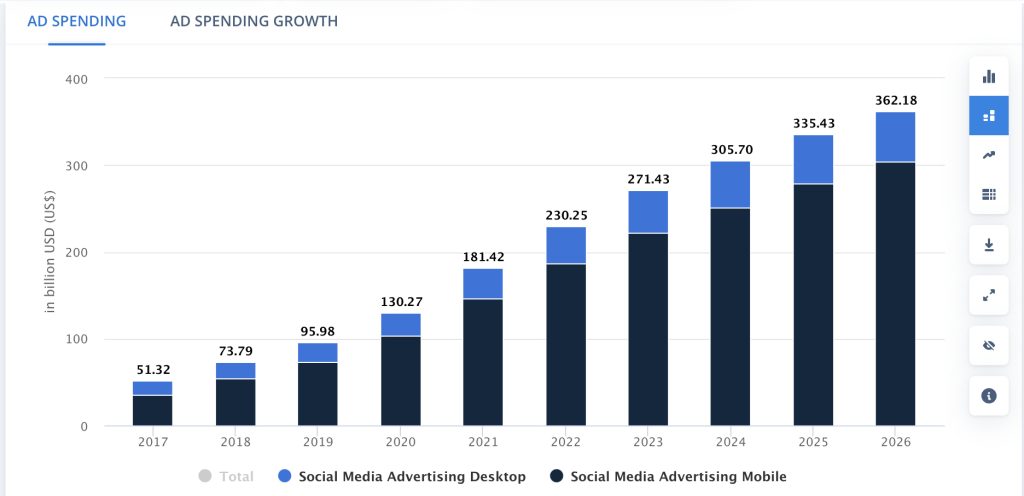
In order to determine whether social media channels are the right ground for your marketing campaigns, it is essential to determine your marketing efforts’ efficacy. And to be able to measure that correctly, you will need to track your social media analytics.
In this blog we’ll go though a couple of ways you can utilize social media analytics to boost your campaigns and to increase your revenue.
Read What is Media Analysis and Why Does It Matter? All You Need to Know
How to Use Social Media Analytics to Grow Your Business
1. Measure your marketing ROI
Any respectable business should project a return on any investment they dive into — in this case, your social media marketing campaigns. One of the more direct social media analytics you can look at is your return on ad spend.
Website Purchases – Amount Spent = ROI
Calculate your return by summing up the sales you’ve acquired from the ad campaign (website purchases) and then subtract it from the cost of publishing the campaign (amount spent). For a true cost of return, you should also deduct from this social media metric the cost of producing the ads, i.e., labor, talent fee, production cost, and man-hours.

So, let’s say you’ve earned $5,942 from an ad spend of $391.88. In that case, $5,550.12 is your ROI. But, your true ROI would be $5,550.12, minus the cost of making the ads.
Non-Direct ROI Metrics
You may also assess your social media performance in proportion to your budget. This method is helpful if you cannot directly measure sales from your marketing campaign, e.g., dentists, parlours, and other such business campaigns.
You can assess the following metrics and see if there’s a relationship between them and your store traffic and sales.
- Reach – Reach shows the number of people an ad is shown to.
- Cost-per-reach – A lower cost-per-reach indicates an engaging ad campaign and can be used to project budgeting for future marketing investments.
- Engagement – This measures social media activities such as clicks, reactions, comments, and shares of your social network campaign.
- Cost-per-engagement – Social media channels tend to reward engaging ad creatives with lower cost-per-engagement. This metric may be used to project budgeting for future marketing investments.
If your parlor’s social media engagement goes up 100%, and you notice sales go up 10% for that period, you can determine that each 10% increase in engagement equals a 1% increase in sales.
You should also look at the relationship between your sales and other metrics. If you see a healthy relationship with any of these metrics towards sales, you’d know that that metric is something you’d want to focus on.
Read PR Metrics: 6 Ways To Measure Your Brand’s Success
2. Undertake competitor analysis
Assessing your competitors helps you establish a baseline on how you should be performing. It can give you a baseline to measure against. Assessing your most direct competitor should provide a more realistic and accurate baseline.
Here are some social media metrics you can assess from your competitor(s).
- How many followers do they have? This includes YouTube subscribers, TikTok and Twitter followers, and Facebook page likes.
- What’s their engagement rate? You can only partially assess this because you can only see the reactions, comments, and shares of any ad collateral, not the overall engagement, which should include clicks.
- How frequent are they posting? If they’re posting an average of four times a week, you’d want to be near that level or more frequent.
- What’s their ad creative? Assess the nature of their social media ad content.
Facebook allows you to see all the ads your competitors are running. Head to your competitor’s Facebook page, scroll down and click “See All” on the page transparency section.

Here, you can see what ads they have active and how long they’ve been running the said ads. This should give you some ideas on what path to take.
Read Competitor Analysis: Stay Ahead of Competition with Media Monitoring
3. Don’t forget about sentiment analysis
Most of the data you’ll retrieve from your marketing campaign will be quantitative, i.e., the number of users reached, click-through rate, purchase rate, etc. However, you must analyze your qualitative data as well.
See what your customers are saying about you. You may have decent reach and engagement, but people could be mocking your business’ ads.
How to conduct a sentiment analysis?
First, don’t just count the comments on your social media postings and ads. Read them. Second, monitor brand mentions and hashtags. Media monitoring tools like Determ, as shown below, scour the web for brand mentions. Alternatively, you can perform a search for your business’ hashtag to see what people are saying about you.
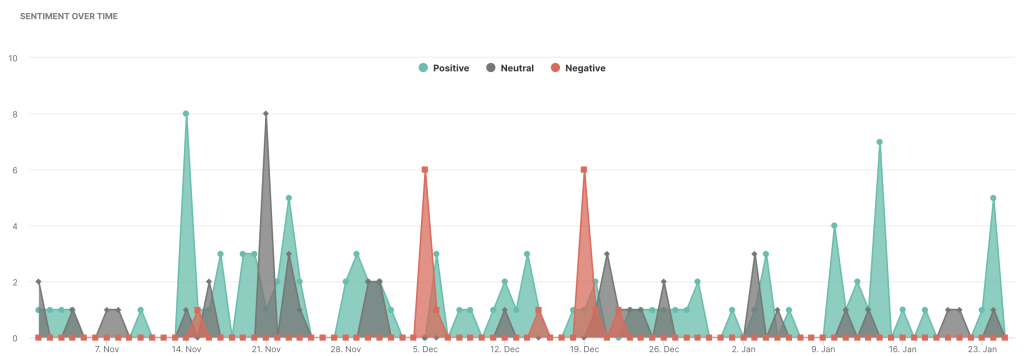
Lastly, if you have a customer support system that utilizes social channel chat functions like Facebook messenger, go through your conversations to see what people are saying and asking.
At the base level, this is what sentiment analysis is. With a social media monitoring tool you can even track all mentions in real time, and reply or take action if necessary.
Knowing the sentiments around your brand helps you understand how the market perceives you. As a result, you’ll know how to better interact with your audience. It’ll also help you create better social media content and traverse the digital landscape more effectively. This is useful, especially when your business is using social media for branding.
Read The Importance of Instagram Customer Care
4. Use social media analytics to target your marketing
Social media channels gather user information, such as demographics and interests, to provide a tailored user experience. For example, YouTube analyzes the videos watched by its users to determine what they like and provides recommended videos based on that user’s activity.
Advertising platforms give marketers access to these interests, allowing them to target a particular market—one relevant to their product and brand. This feature increases the conversion and engagement rate for your social media posts and ads.
Read Exports: How To Save Your Media Monitoring Data
How to Refine Your Targeting
Craft a buyer persona. Detail your target customer’s age, gender, geographic data, and interests when creating buyer personas. You can set the age bracket, gender, and location of your ad’s social media audience. That allows you to fine-tune your targeted marketing campaigns
Use layered targeting. This means targeting people who match all the specified targeting fields instead of either one of them. For example, targeting a 45-year-old male interested in automobiles; not just targeting either 45-year-old males or people interested in automobiles.
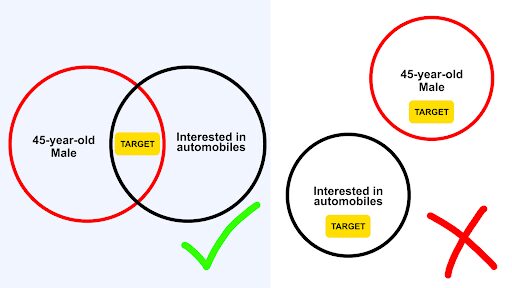
Though layered targeting is common sense, many marketers may not be implementing it due to a non-mastery of the advertising platform’s interface.
A/B test your audiences. See which audience set is converting more, engaging more, and resulting in more return on ad spend. Use your custom audiences as the control variable, leaving your budget, ad copy, and ad creative consistent across your testing.
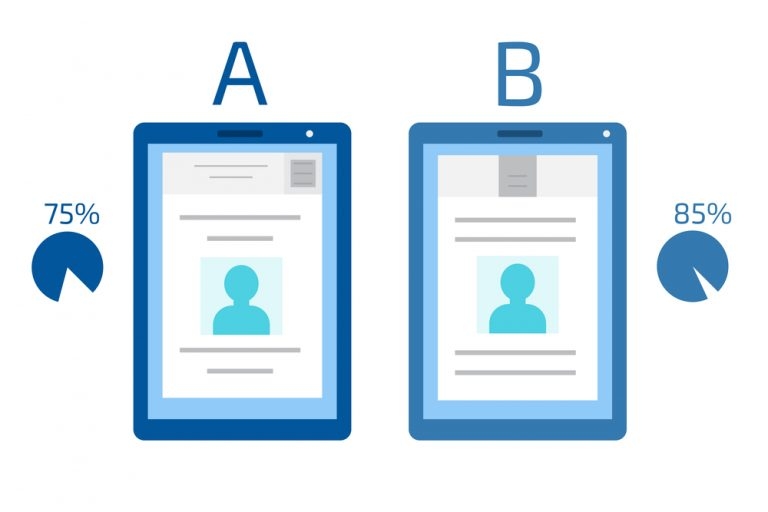
Once you have the necessary social media analytics showing your most engaged audience, you can follow the tips below for effective targeting.
Don’t optimize your social media strategy for pure reach. Targeting a smaller high-quality audience is better than targeting a large general audience.
Use a retargeting campaign. Don’t expect to appear on social network users’ screens once and think they’ll remember you. Create a retargeting campaign that will touch base with your users a 2nd, 3rd, and nth time. This process will increase brand awareness and conversion rate.
The above tips will lower your cost-per-acquisition and maximize your social media marketing budget mileage. Your business will flourish from this practice.
Read How to Secure Your Marketing Campaign’s Success
5. Analyze customer feedback
The difference between sentiment analysis and customer feedback is that customer feedback primarily deals with insights from those who have already purchased from you.
In comparison, sentiment analysis concerns itself with insight data from various social media platform users, regardless of whether they have ever made a purchase.
Take a look at the following analytics on the social platform you’re operating on.
Look for brand mentions that feature your product. Most customers would usually share their experiences with a brand on social media. Social listening tools can help you see what those customers are saying about your brand.
Enable reviews on your social media page. Like a Google My Business listing, Facebook allows your Facebook page to collect reviews from customers.
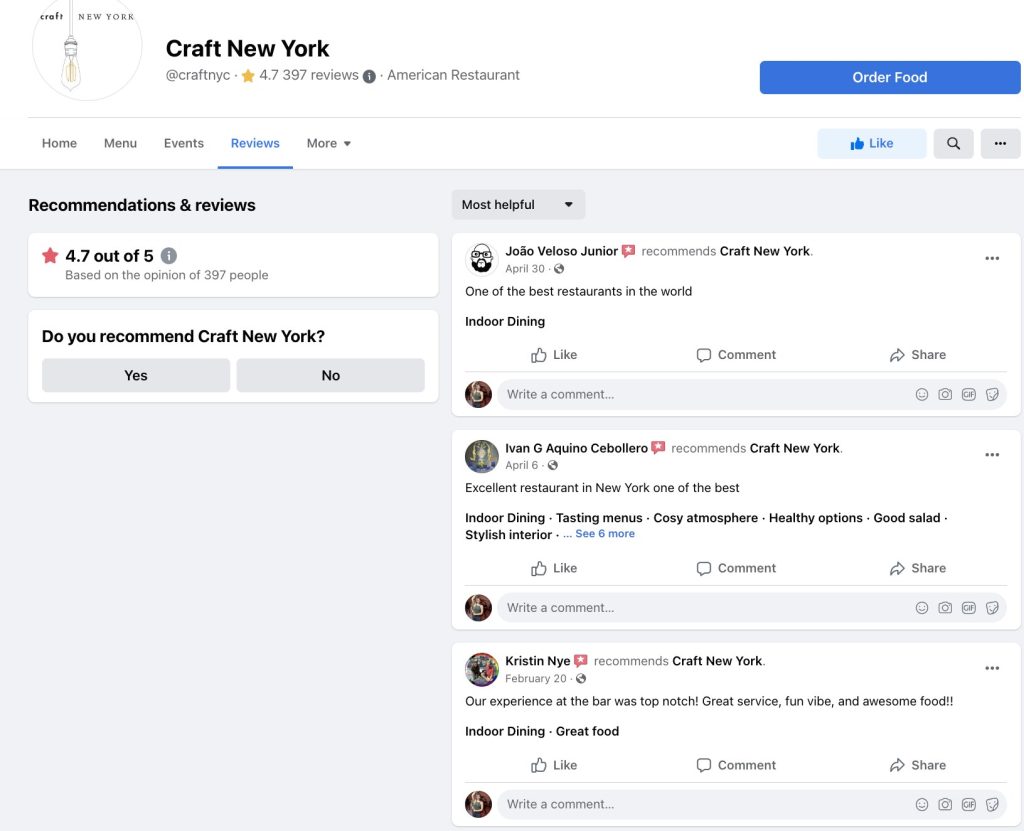
Customer feedback should have more impact on them than sentiments from non-customers. This data should give you insight into the quality of your product. That should help you make better data-driven decisions with your product development and other operations.
Social Media Analytics – the Key to Your Success
The typical social media platform user spends more than two hours per day on social media, according to Statista. Considering that there are three billion people worldwide using social media, plus social media’s ability to target any niche audience, it’s an opportune time to market in this space.
Measure your marketing ROI to get an idea of potential returns on your marketing investments. Assess your competitors to establish a baseline of how you should be performing. Use sentiment analysis to search social platforms for mentions about your brand. Having an idea of what people think about you will allow you to advertise more effectively on the social platform.
Use targeted marketing to market to users who match your buyer persona. The generated results will give you insight into whom your most engaged and passionate audience is. Finally, analyze customer feedback on social networks to improve your current and future products.
Having a keen eye on your social media analytics will prosper your business. This practice shouldn’t be hard since users on any social network are usually very vocal.
Nico Prins is the founder of Crunch Marketing. The company works with enterprise SaaS clients, helping them scale lead generation globally across EMEA, APAC, and other regions.



